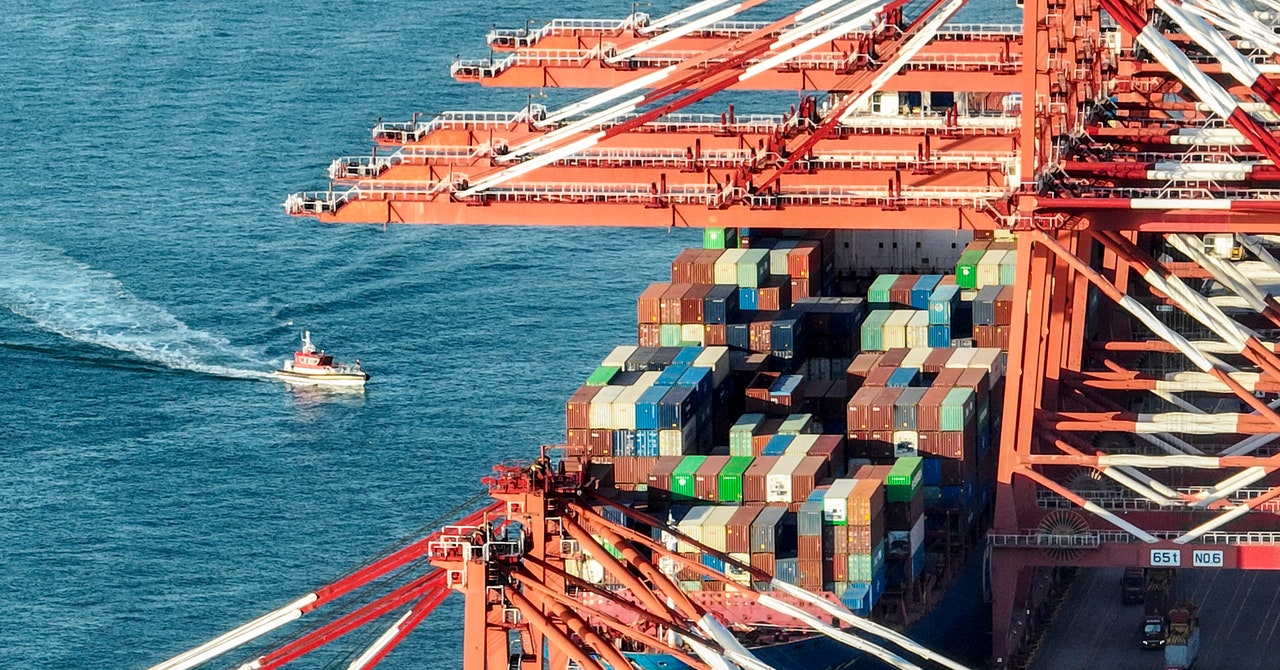
For their study, Hinz and her colleagues enlisted the help of the New Zealand customs authority. Staff used probes, which they pushed through the rubber seals of the container doors, to collect gas samples from 490 sealed containers. Hinz also gathered air samples from dozens of other containers herself, tracking how the concentrations of compounds changed in real time as the containers were opened and the air inside allowed to mix with fresh outside air.
The investigation revealed plenty of nasty substances. The customs authority staff found methyl bromide, the compound that overwhelmed the Rotterdam dockworkers, in 3.5 percent of the sealed containers. They found formaldehyde in 81 percent of the containers, and ethylene oxide in 4.7 percent, to name a few of the chemicals. Exposure to ethylene oxide can cause various unpleasant symptoms, including nausea, vomiting, and diarrhea. Formaldehyde, a preservative, is carcinogenic and can also cause internal irritation when inhaled, among other symptoms.
In their study, Hinz and her colleagues found that some of the measured concentrations appeared high enough to cause an acute reaction that triggers immediate symptoms. However, Hinz says that, in practice, it’s unusual for a worker to come into direct contact with toxic gases at such elevated levels. Instead, there is a more common but still notable risk from repeat exposure to low concentrations. Chronic contact with these chemicals can potentially increase the risk of cancer or cause psychiatric problems, for example. And yet, relatively little research exists on the risks of the chemicals inside cargo containers.
“I definitely think it needs attention, far more attention than it’s got,” says Hinz.
Gunnar Johanson, a toxicologist at the Karolinska Institute in Sweden who acted as a peer reviewer for Hinz’s study, agrees with her assessment.
“We don’t know exactly how big the risk is, but it’s an unnecessary risk, because you can easily address it,” he says. All it takes is better ventilation.
A few years ago, Johanson and his colleagues were called to examine a suspect container in Sweden. It was loaded with rice, but inside the container was also a strange blue bag filled with white powder. When Johanson analyzed the air, he found phosphine, a fumigant, at a concentration high enough to be fatal.
To protect dockworkers, Johanson and his colleagues have designed a device that connects to an extraction fan and attaches to the existing—but tiny—ventilation holes on the sides of most containers. Experiments suggest that once the device is switched on, the concentration of harmful gases falls within minutes.
“We can reduce roughly 90 percent of the volatile contaminants in one hour,” says Johanson. The contraption is currently used by the Swedish customs authority, he adds.
There should be higher awareness in the shipping and logistics industries of the dangers associated with exposure to harmful gases in shipping containers, says Martin Cobbald, managing director of Dealey Environmental, an environmental services firm in the United Kingdom.
His firm is frequently contracted to open and ventilate containers, but, he adds, “We don’t do it nearly as much and for the range of people that we should do.”


